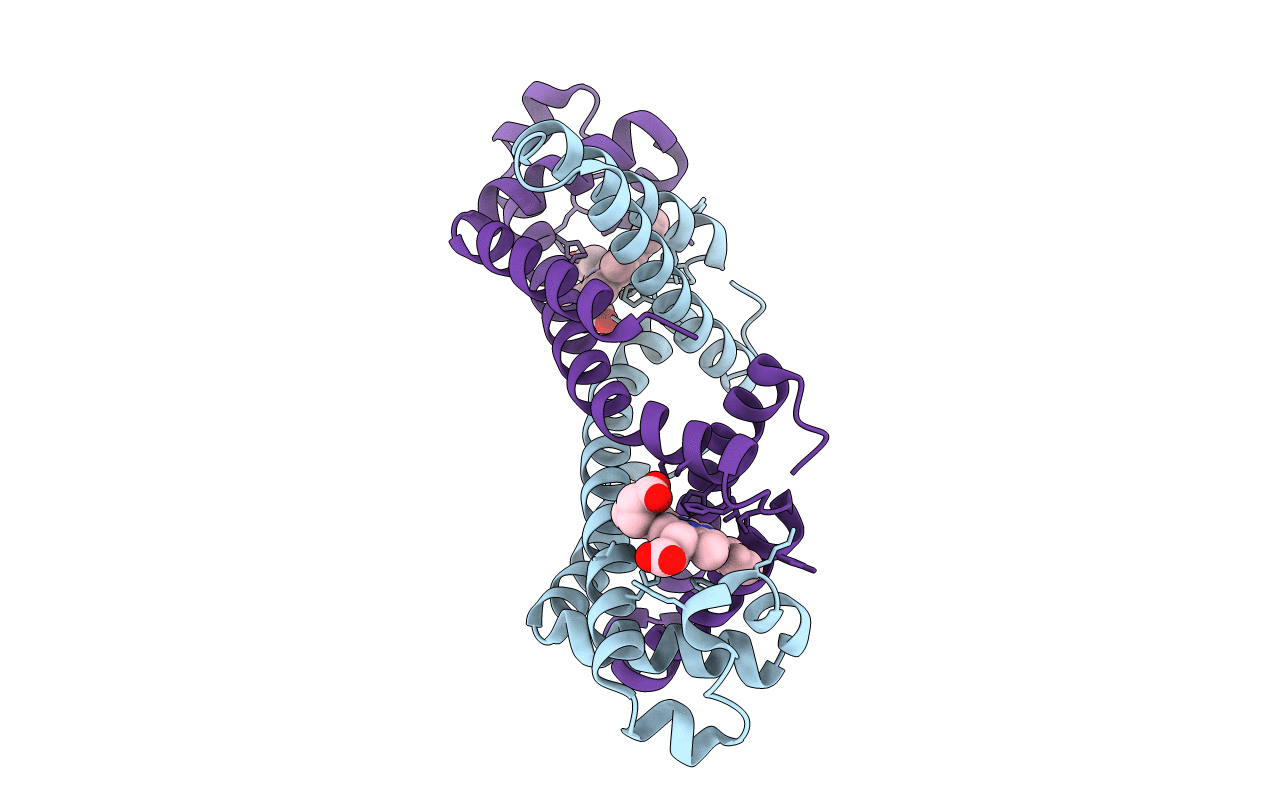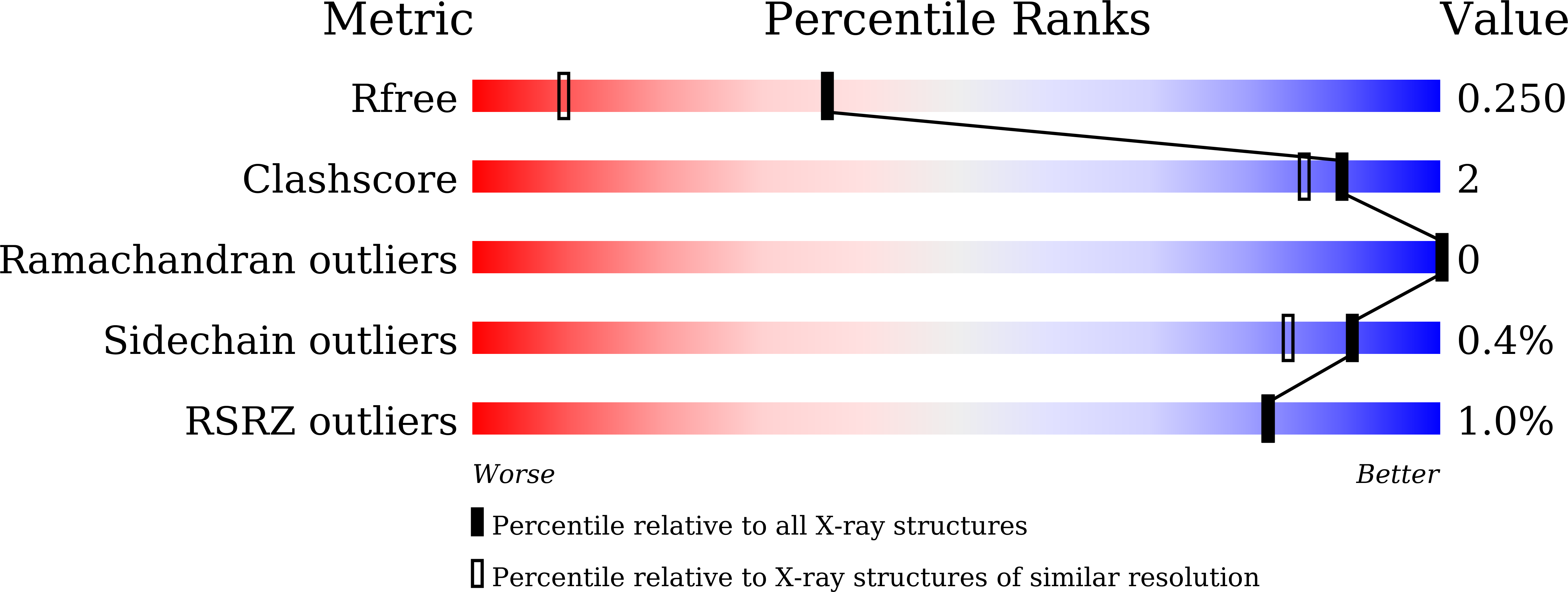
Deposition Date
2020-11-12
Release Date
2021-02-17
Last Version Date
2023-11-29
Method Details:
Experimental Method:
Resolution:
1.60 Å
R-Value Free:
0.24
R-Value Work:
0.20
R-Value Observed:
0.20
Space Group:
P 21 21 21


